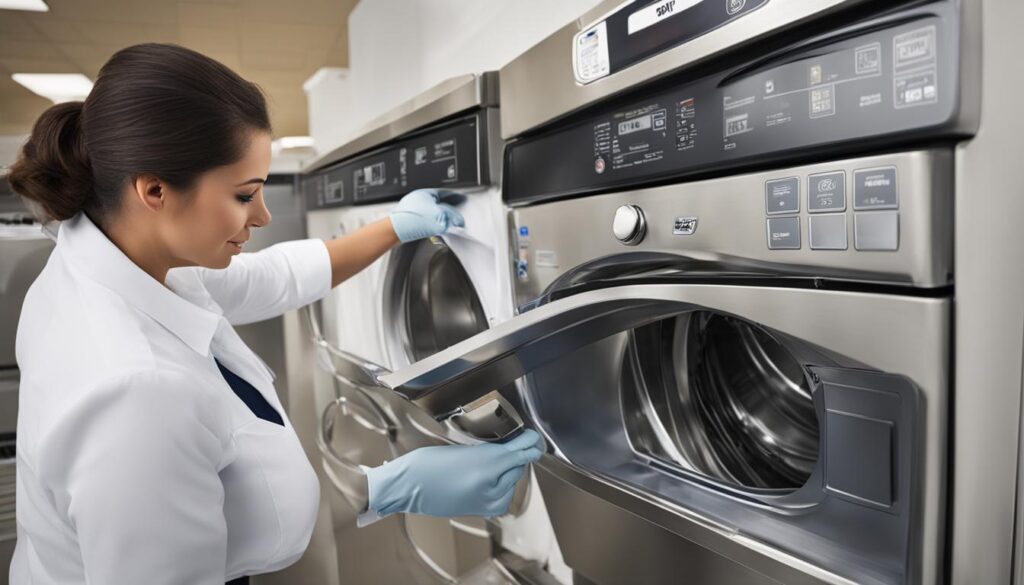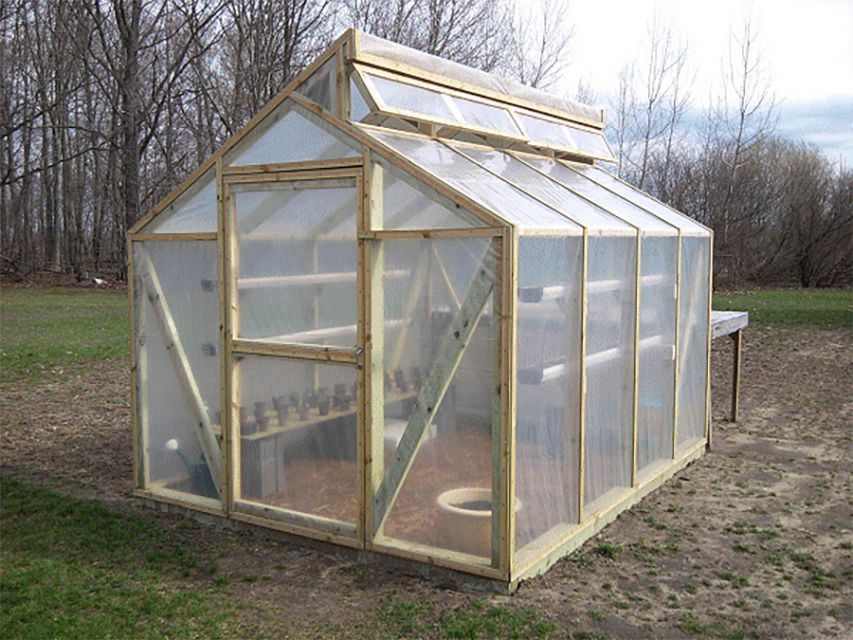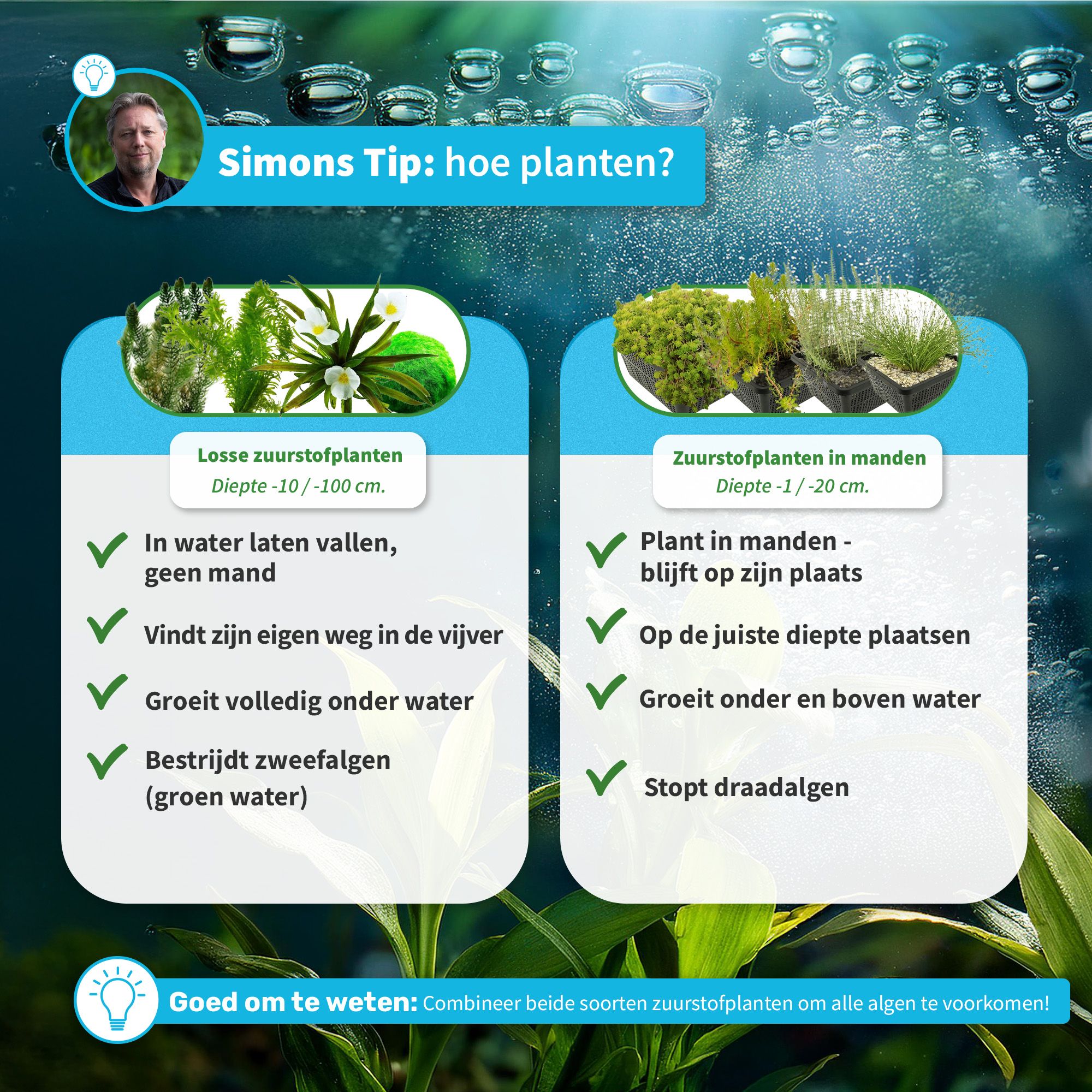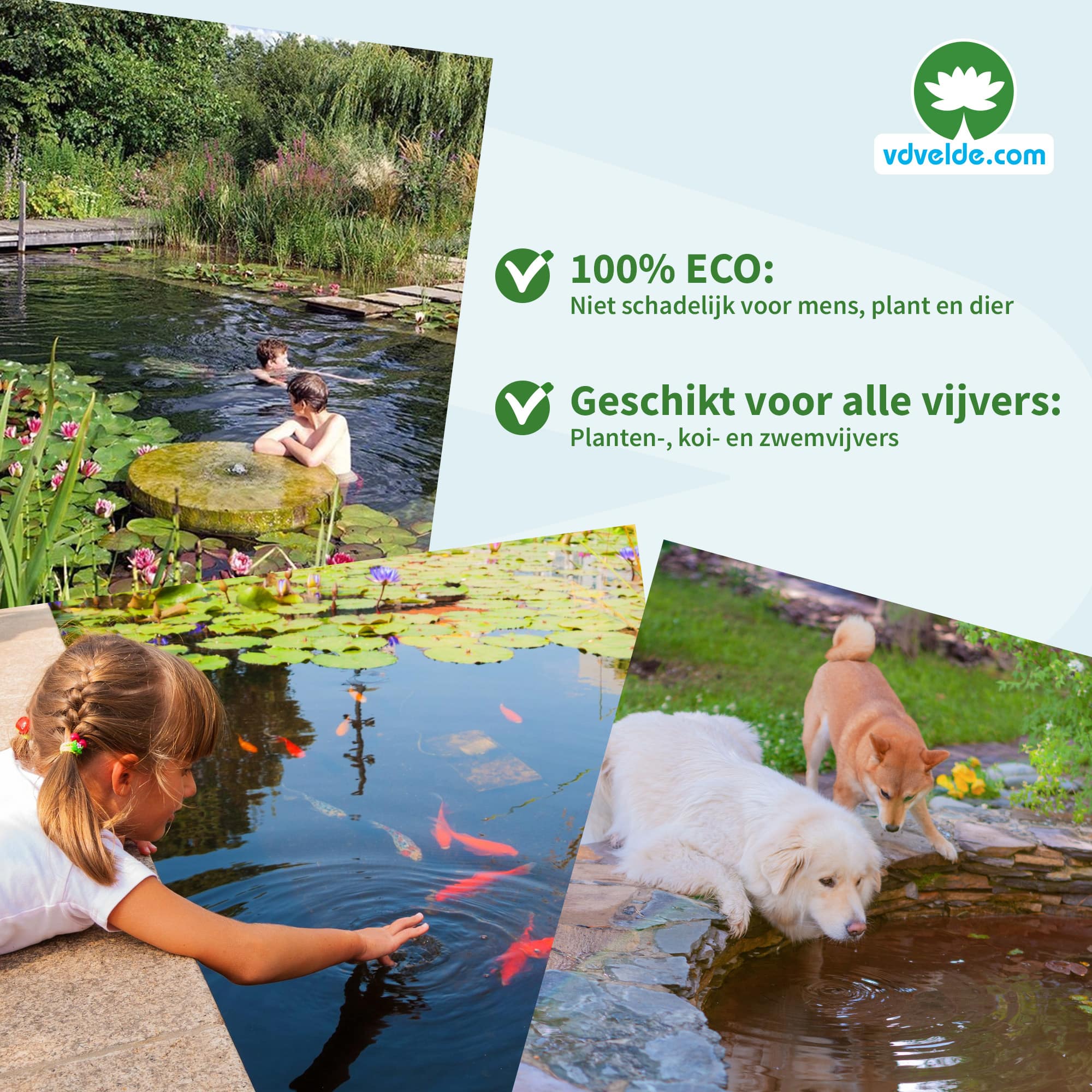Effective Strategies for Food Workers to Deter Pests from Outdoor Dumpsters
Introduction
Outdoor dumpsters are essential for waste management in food service establishments, but they often attract pests such as rodents, insects, and wildlife. These pests not only pose health risks but can also damage property and tarnish a business’s reputation. Food workers play a critical role in deterring pests from outdoor dumpsters by implementing best practices and leveraging proven strategies. This article provides comprehensive, actionable guidance on how to minimize pest activity around dumpsters, ensuring compliance with health standards and safeguarding your facility.
Strategic Dumpster Placement
One of the most effective ways to deter pests is through strategic placement of dumpsters. Positioning dumpsters at least 50 feet away from buildings and entryways creates a buffer that discourages pests from traveling between structures and the waste container. Ideally, dumpsters should be placed on a level concrete pad, which minimizes ground contact and eliminates hiding spots beneath the container. Elevating dumpsters on platforms can further reduce access points and improve drainage, preventing standing water that attracts insects [1] , [4] . When choosing a location, ensure the area is well-lit and free from overgrown vegetation, which can harbor pests and make detection difficult.
Secure Lids, Locks, and Latches
Proper containment is essential to prevent pests from accessing waste. Dumpsters should have heavy-duty, weather-resistant lids that seal tightly when closed. Security locks and auto-engaging latching systems further restrict unauthorized access. Food workers must establish protocols to ensure lids remain closed when not in use and that locks are engaged after each trash disposal. Damaged lids or locks should be reported and repaired immediately. This consistent behavior, reinforced through training, helps prevent animals from discovering vulnerabilities [1] , [5] .

Source: dumpsterrentaldogs.com
Routine Cleaning and Maintenance
Maintaining a clean dumpster area is one of the most important steps in deterring pests. Debris, spilled food, and standing water around the dumpster can attract rodents, insects, and other animals. Food workers should conduct regular sweeping, raking, and removal of waste materials. Clean the dumpster exterior and surrounding area frequently, focusing on eliminating residue, spills, and organic matter. Schedule frequent waste pickups to prevent overflow and reduce the risk of pest infestation. Overflowing dumpsters not only increase pest activity but also create sanitation and regulatory issues [1] , [2] .
Natural and Chemical Repellents
Natural repellents can be used safely around dumpsters to discourage pests. Peppermint oil, spearmint, castor oil, and vinegar sprays are odors that many rodents and insects find unpleasant. Ammonia-based solutions can also deter larger animals and kill insects. These repellents should be applied regularly, especially after cleaning, and can be alternated to prevent pests from becoming accustomed to a single scent. Always follow manufacturer recommendations for application to avoid damage to property or harm to staff [2] , [3] .
Technology Aids: Ultrasonic and Motion-Activated Devices
Food workers can deploy technology-based deterrents to enhance pest control. Ultrasonic pest repellents emit high-frequency sound waves that are unpleasant to pests but inaudible to humans. Motion-activated sprinklers and lights startle and dissuade animals from approaching dumpsters. Nocturnal pests, such as raccoons and rodents, are particularly sensitive to sudden light or sound. These devices are easy to install and maintain, and they provide a non-toxic alternative to chemical repellents [2] , [3] .
Regular Inspection and Monitoring
Periodic inspection of dumpsters and surrounding areas is critical for early detection and response to pest activity. Food workers should look for signs such as droppings, chewed lids or edges, burrows, and nests. Keep a log of inspections and findings, and report any evidence of infestation to management. Digital photos can be helpful in documenting problems and facilitating prompt action. Early intervention prevents minor issues from becoming major infestations [4] , [3] .
Professional Pest Control Solutions
In cases where pest activity is persistent or severe, food workers should contact professional pest control services. Professionals have the expertise and equipment to identify, treat, and prevent infestations effectively. Many pest control companies offer green solutions that are safe for food service environments. Scheduled pest control treatments can provide ongoing protection and ensure compliance with local health regulations. When selecting a pest control provider, verify their credentials and inquire about environmentally-friendly options [2] .
Training and Protocols for Food Workers
Establishing clear protocols and providing training for all staff members ensures consistent pest prevention practices. Training should cover proper waste disposal, cleaning routines, inspection procedures, and the use of repellents and deterrents. Encourage staff to report any issues immediately, and maintain written records of all pest-related incidents. Clear communication and accountability are fundamental to effective pest management.
Potential Challenges and Solutions
Food workers may encounter several challenges when managing dumpster pest control:

Source: dumpsterrentaldogs.com
- Overflowing dumpsters : Address by scheduling more frequent pickups and educating staff on proper waste compaction.
- Damaged lids or locks : Establish maintenance routines and ensure prompt repairs.
- Persistent pest activity : Alternate repellents and combine multiple deterrent methods; consult professionals as needed.
- Staff compliance : Reinforce protocols through regular training and supervision.
Alternative approaches may include relocating dumpsters, upgrading to pest-resistant containers, or enhancing landscaping to reduce pest harborage.
Accessing Services and Further Support
To access professional pest control or waste management services, food workers can:
- Contact local pest control providers and request information about scheduled treatments and green solutions.
- Search for waste management companies in your area and inquire about dumpster rental options with enhanced security features.
- Reach out to industry associations or regulatory agencies for guidance on compliance and best practices.
When in doubt, consult your facility manager or local health department for approved service providers and regulatory requirements.
Key Takeaways
Deterring pests from outdoor dumpsters requires a proactive, multi-layered approach. Strategic placement, secure containment, regular cleaning, natural and technological deterrents, routine inspection, and professional support all contribute to effective pest control. Food workers who adopt these practices protect their establishment, ensure regulatory compliance, and maintain a safe, sanitary environment.
References
- [1] Prime Dumpster (2025). 7 Best Roll Off Dumpster Pest Control Tips.
- [2] American Pest (2024). Prevent Pest Infestation of an Outdoor Dumpster: Tips and Tricks.
- [3] Frontier Waste (2023). How to Prevent Pest Infestation in Outdoor Dumpsters.
- [4] Techletter.com (2021). Preventing Nightmare Dumpsters.
- [5] McCloud Services (2019). Ways to Minimize Pests Around Dumpsters.
MORE FROM hotondeals.com













